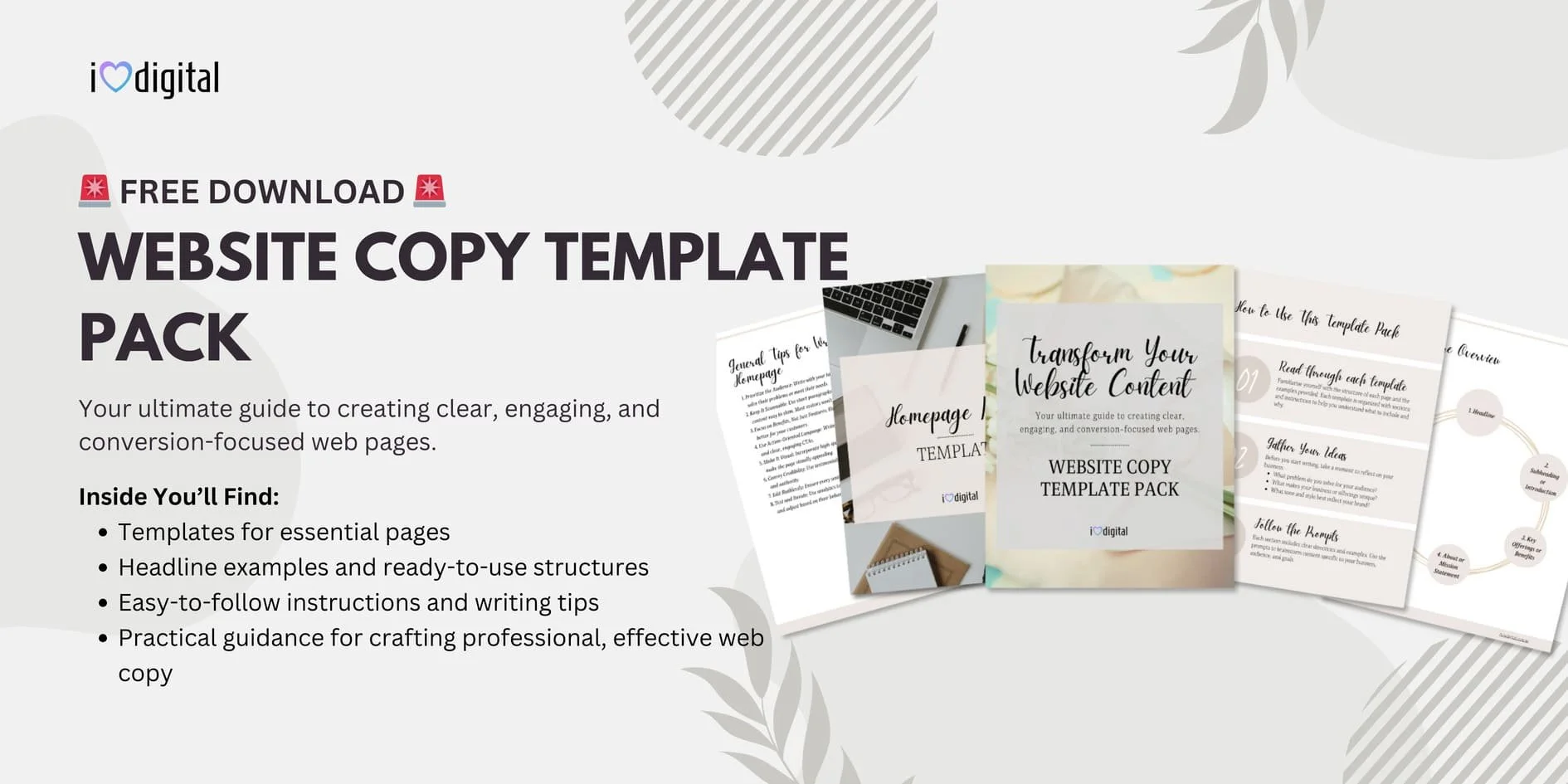A Guide to Writing Great Copy for Your Website
Creating compelling website copy is essential for engaging your audience and driving conversions. This comprehensive beginner's guide will walk you through the fundamentals of website copywriting, ensuring your content is clear, persuasive, and aligned with your business goals.
Understanding Website Copywriting
Website copywriting involves crafting text specifically for web pages with the aim of marketing or advertising a product, service, or idea. Effective web copy serves as your online sales team, capturing attention and persuading visitors to take desired actions.
Key Principles of Effective Website Copy
Know Your Audience: Understand who your target readers are—their needs, preferences, and pain points. This insight allows you to tailor your message to resonate with them effectively.
Clarity and Simplicity: Use straightforward language to ensure your message is easily understood. Avoid jargon and complex terms that might confuse readers. Think about how you'd explain things to a friend; that's how your website should communicate.
Engage with 'You' Statements: Focus on the reader by using 'you' instead of 'we.' This approach makes your copy more engaging and reader-centric. It's like only talking about yourself at a party—not very engaging. Instead, focus on your readers and make them feel like you're speaking directly to them.
Conciseness: Keep sentences and paragraphs short to enhance readability, especially online. Break up long sentences to mimic natural conversation pauses. Aim for short, to-the-point sentences.
Storytelling: Incorporate stories to make your message more relatable and engaging. Describe how your product or service can improve the reader's life, rather than just stating its benefits.
Authentic Voice: Develop a unique and consistent brand voice that reflects your business's personality, helping you stand out from the crowd.
SEO Integration: Incorporate relevant keywords naturally to improve search engine rankings, but avoid keyword stuffing. Writing in a manner that human readers would consider normal is crucial.
Steps to Crafting Effective Website Copy
Research: Gather information about your audience, competitors, and industry trends to inform your content strategy.
Define Your Value Proposition: Clearly articulate what makes your product or service unique and why visitors should choose you over competitors.
Create a Compelling Headline: Develop a headline that grabs attention and entices visitors to read further.
Write Persuasive Body Copy: Expand on your headline by highlighting benefits, addressing potential objections, and providing social proof or testimonials.
Include a Clear Call to Action (CTA): Guide readers toward the desired action, such as signing up for a newsletter or making a purchase, with a clear and compelling CTA.
Edit and Proofread: Review your copy for clarity, grammar, and spelling errors. Consider revisiting it after a day with fresh eyes to identify areas for improvement.
Common Mistakes to Avoid
Overuse of Exclamation Marks: Use exclamation marks sparingly to maintain professionalism. One here and there is plenty.
Lack of Reader Focus: Avoid talking too much about your business without addressing the reader's needs and desires.
Complex Language: Steer clear of using overly complex words or industry jargon that may alienate or confuse your audience.
Final Thoughts
Writing effective website copy is a skill that combines understanding your audience with clear and persuasive communication. By following these principles and steps, you'll be well on your way to creating content that not only captures attention but also converts visitors into customers.


